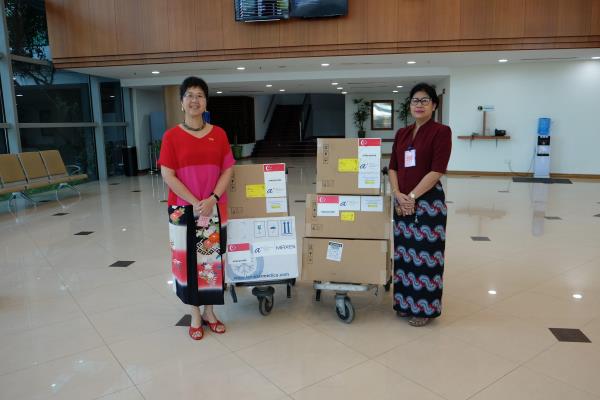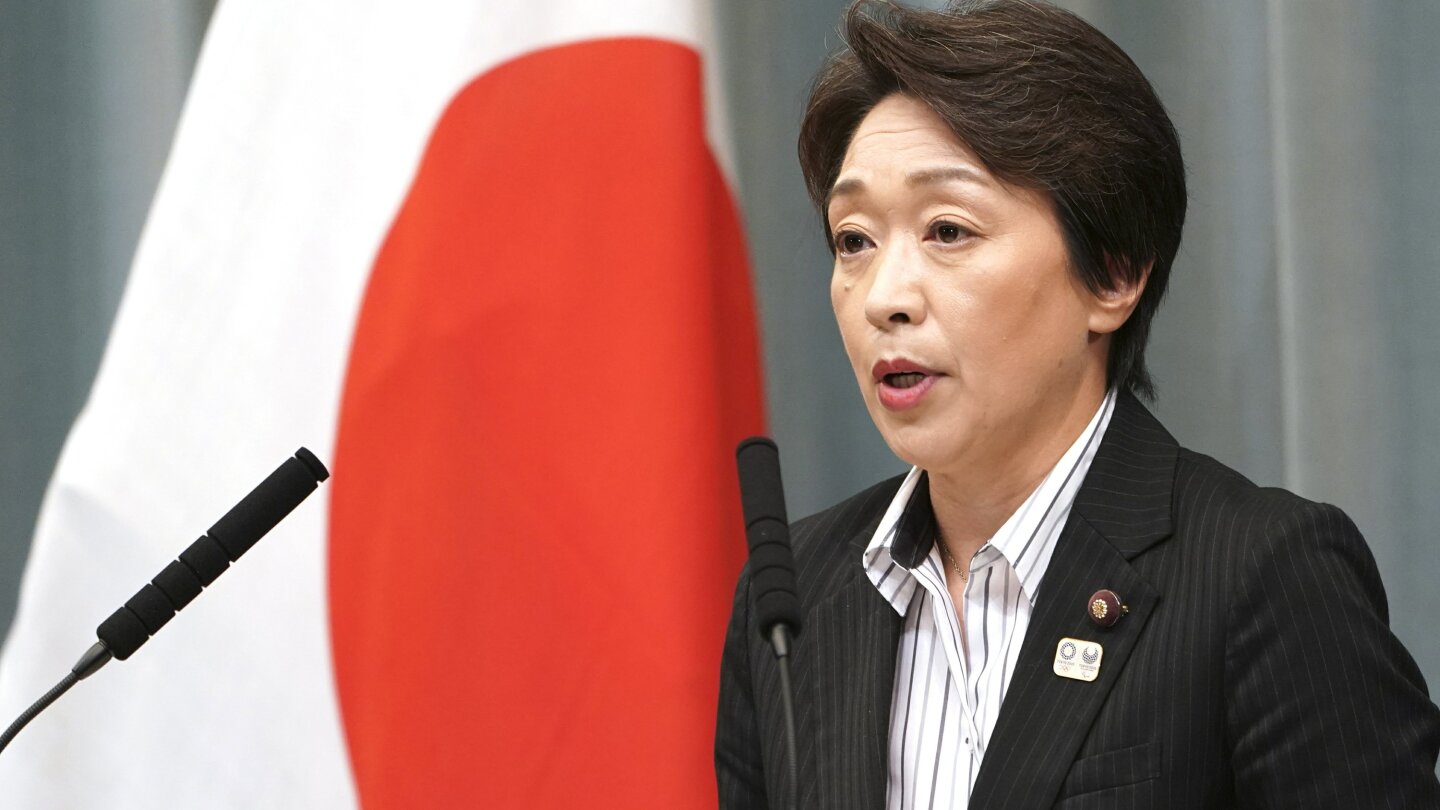Updates on the spread of the Coronavirus in 10 countries with Italy in the spotlight
Foreign Policy article on China's response
How China’s Incompetence Endangered the World. It's worth the read and I think it covers most points. Most of all the most important point it makes, is that the it is all about trust and the PRC is losing that both domestically and internationally. IMHO it's lost that trust already.
1. If you look at the Korea Government’s transition from a slow start to full blow crisis mode with at least 763 cases, it is understandable that some early mistakes were made — the test is whether the Koreans can slow the transmission rate, in the next ten days. Even if the transmission rate is slowed, it is a matter of time before the number of infected rise beyond 2,000 in Korea. Despite the surge in case numbers, South Korea's well-regarded national health system has a solid track record of containing epidemics, including SARS (severe acute respiratory syndrome) in 2003, H1N1 in 2009 and MERS (Middle East respiratory syndrome) in 2015. One reason case numbers appear to have grown rapidly is because of the country's ability to test large numbers of people quickly. As of Monday afternoon, the health authorities had
tested 31,923 people, with 20,292 tests coming back negative and 11,631 results still pending. At that stage, there will be some regional medical capacity issues, which may result in the need to transfer of patients from different hospitals to deal with the outbreak.
2. This is similar to the slow start in China to full blown pandemic crisis mode — in the next 2 months, we will get to see the crisis response of the next ten countries being tested — not just that of China (with more than 64,000 cases), Japan (at
least 99 cases; plus 639 cruise ship cases), or Korea (at least 763 cases), all of which have powerful central governments (with advanced health care facilities). The coronavirus crisis has starkly highlighted China’s strengths and weaknesses. Which other country has the political will and capability to quarantine a province of 60 million? Which other country could build a new hospital in 10 days? But it also has to be asked: why were such drastic measures and Herculean efforts necessary in the first place?
3. A University of Queensland team say they have brewed the first test dose of a vaccine (a process done in part to trial the factory's systems) — The test vaccine was developed in just six weeks by University of Queensland researchers using world-first molecular clamp technology invented in Australia. Nevertheless, it shows the incredible progress made by the researchers – less than two months after the first recorded coronavirus death, a test vaccine is in production. Next ten countries to have their health care and pandemic crisis system tested, would likely be:
- Italy (at least 152 cases)
- Iran (at least 43 cases)
- Thailand (at least 35 cases)
- United States (at least 35 cases)
- Taiwan (at least 26 cases)
- Malaysia (at least 22 cases)
- Australia (at least 21 cases)
- Vietnam (at least 16 cases)
- Germany (at least 16 cases)
- France (at least 12 cases)
4. The spike to 152 cases in Italy, from fewer than 5 known cases before Thursday — has quickly made the country the biggest test of whether the virus can be successfully contained in an open European society. “Unfortunately, the person who was considered to be ‘patient zero’ was not,” said Attilio Fontana, the president of Lombardy. “We need to look elsewhere. We are following two hypotheses, and we will try to understand if one of the two is correct.” About 50,000 people cannot enter or leave several towns in Veneto and Lombardy, in Italy for the next two weeks without special permission. Police are patrolling 11 towns – mostly in the Lombardy region, where the first locally transmitted case emerged.
- “Unfortunately, we haven’t managed to limit the spread of the virus,” said Roberto Burioni, a professor of microbiology and virology at the Vita-Salute San Raffaele University in Milan, which has also closed. “And we need to face the fact that it is spreading quickly. At first, we thought that the virus was only abroad, but now it is also in Italy. People should try not to panic but limiting the spread is, in part, down to our behaviour. Those who have been in contact with someone infected must isolate themselves. Crowded places should also be avoided; sacrifices need to be made to try to overcome the virus.”
- Schools and universities will also be closed for at least a week in Lombardy, Veneto, Emilia-Romagna and Piedmont, while similar measures have been taken in Liguria and Alto Adige. Austria suspended train services over the Alps to Italy for about four hours late on Sunday before restarting them after two travellers tested negative for coronavirus. A train carrying about 300 passengers from Venice, Italy, to Munich in Germany was halted on the Italian side of the Brenner Pass before being allowed to continue its journey after the two tested negative, authorities said.
5. Iran’s health minister told state TV that the virus came from China to the holy city of Qom in central Iran. He said that one the Iranian dead from the virus was a merchant who regularly shuttled between the two countries using indirect flights in recent weeks, after Iran stopped direct passenger flights to China. Kuwait has been evacuating some 750 citizens from Iran and testing them as they enter the country after saying that Iran had barred its medical workers from testing travellers at an exit terminal in Iran, despite an agreement to do so. Travellers from Iran infected with the virus have also been confirmed in Canada, Lebanon, the UAE and Bahrain.
- Four immediate neighbours of Iran—Turkey, Pakistan, Afghanistan and Armenia—said on Sunday they would close land borders, while three imposed restrictions on air traffic, amid growing regional concerns about the spread of the virus. Iraqi and Kuwaiti authorities have already banned travel to and from Iran.
- On 22 Feb 2020, Iran ordered the closure of schools and universities in two cities hit by a coronavirus outbreak. More shockingly, based on official figures released by Iran, nearly 10% of those infected with the new coronavirus in Iran have died, compared with little more than 3% in China. Iran’s fatality is massively out of line with other nations. But the most likely explanation is Iran has a much larger pool of people infected with coronavirus.
6. In Singapore, there are no new cases of
the coronavirus disease, said the Health Ministry on Sunday (23 Feb 2020), meaning that the total number stays at 89. The next 14 days will be crucial for Singapore.
- Singapore dispatched a second round of humanitarian aid, including medical supplies, to China on 19 Feb 2020. Singapore’s ambassador to China Lui Tuck Yew handed over the country's humanitarian assistance to People's Liberation Army General Hospital Medical Service Department deputy head Zhang Fu in Beijing. The assistance was to help communities severely affected by the coronavirus outbreak in China, and help efforts to contain the virus, said Singapore's Ministry of Foreign Affairs.
- In addition, the Singapore Red Cross said it sent on 19 Feb 2020, S$2.26 million worth of aid to China as part of the first phase of its relief efforts to contain the coronavirus outbreak in the country. The amount will go to, among other things, buying and distributing supplies like masks, medical equipment and hygiene items. This comes from more than S$6 million in donations it raised towards these efforts in Singapore. The charity launched its public appeal for funds to aid those in China affected by the outbreak on 4 Feb 2020, with the Singapore Government on the same day contributing S$1 million to kick-start fund-raising efforts. Organisations such as OCBC bank and Business China have donated to the cause.
7. Japan's ruling Liberal Democratic Party decided to deduct 5,000 yen (US$ 45.43) from the March salary of every parliamentarian of the party and donate the money to support China's fight against the epidemic, a sum totaling 2 million yen (US$ 18,170). Many Japanese prefectures and cities have offered donations to China, including Oita Prefecture, a sister prefecture of the central Chinese city of Wuhan, the epicenter of the epidemic, as well as the cities of Mito, Okayama, and Maizuru, among others. South Korea also offered large amounts of medical and anti-epidemic materials to China, including 2 million face masks, 1 million medical masks, 100,000 hazmat suits and 100,000 pairs of goggles. The U.S. private sector has donated a batch of medical supplies to China, including 2 million masks, the U.S.-China Business Council (USCBC) announced. "This is the time to demonstrate our shared humanity and dedication to the common good," said USCBC President Craig Allen.



